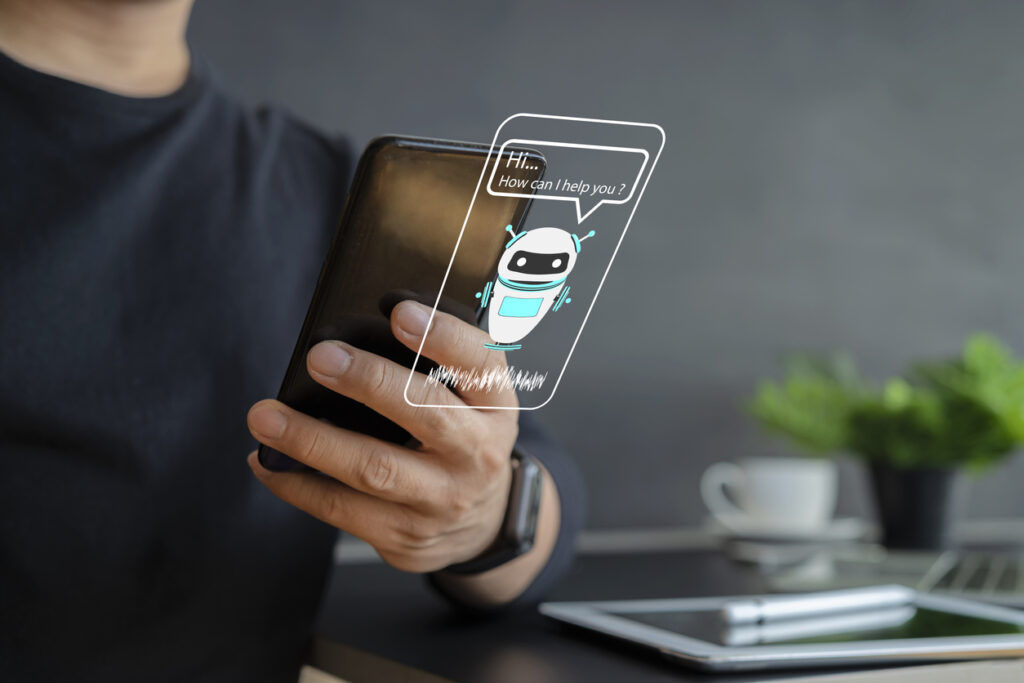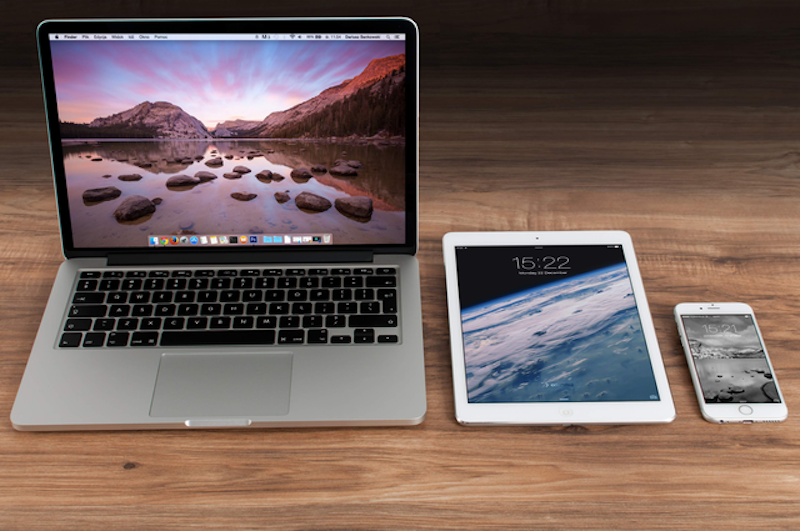Apple has always been at the forefront of innovation, and its integration of artificial intelligence (AI) technologies into its devices is no exception. With the introduction of Siri, Apple’s virtual assistant, and advancements in machine learning, Apple devices have undergone a transformative evolution. This article explores the seamless synergy between AI and Apple devices, highlighting how AI enhances user experiences, improves device functionality, and opens up new possibilities for users.
Enhanced Personal Assistant: Siri
Siri, Apple’s AI-powered virtual assistant, has become an integral part of Apple devices. With its natural language processing capabilities, Siri allows users to interact with their devices using voice commands. From setting reminders and sending messages to conducting searches and providing recommendations, Siri has revolutionized the way users engage with their devices.
Through machine learning algorithms, Siri adapts to user preferences, learning from user interactions and providing personalized responses. This level of personalization enables Siri to understand individual contexts, making the user experience more intuitive and efficient. Users can ask Siri for assistance in various tasks, from managing schedules to controlling smart home devices, all with a simple voice command.
Machine Learning for Enhanced Performance

Source: onespring.net
AI and machine learning play a vital role in enhancing the performance of Apple devices. Machine learning algorithms analyze user behavior, patterns, and preferences to optimize device performance. For instance, Apple’s devices utilize machine learning to improve battery life by intelligently managing power usage based on individual usage patterns.
Additionally, essay ai generator algorithms assist in optimizing camera performance. With features like Smart HDR and computational photography, Apple devices capture stunning photos by intelligently analyzing and combining multiple images. Machine learning algorithms also aid in facial recognition for improved security, enabling seamless and secure authentication methods such as Face ID.
Smart Recommendations and Predictive Capabilities
Apple devices leverage AI technologies to provide smart recommendations and predictive capabilities. Through machine learning algorithms, devices analyze user data, including app usage, browsing history, and location, to offer personalized recommendations and suggestions. From recommending apps, news articles, and music playlists to predicting user needs based on habits and context, Apple devices anticipate user preferences, enhancing the overall user experience.
Furthermore, AI-driven predictive typing improves the keyboard experience by suggesting words or phrases based on the user’s writing patterns. This feature not only saves time but also helps users express themselves more accurately and efficiently.
AI-driven Augmented Reality (AR) Experiences
In recent years, Apple has also leveraged AI technologies to enhance augmented reality (AR) experiences on its devices. With the introduction of ARKit, Apple’s AR development platform, and advanced computer vision capabilities, users can now seamlessly integrate virtual content into the real world through their Apple devices.
AI algorithms enable precise tracking of the device’s position and orientation, allowing virtual objects to interact realistically with the physical environment. This opens up a world of possibilities, from immersive gaming experiences to interactive educational tools and virtual shopping experiences.
Moreover, AI-powered object recognition enables devices to identify and analyze real-world objects, enhancing AR experiences. For example, users can point their devices at objects or locations, and AI algorithms can provide contextual information, real-time translations, or overlay virtual elements for enhanced understanding and engagement.
Apple’s integration of AI and AR technologies demonstrates its commitment to pushing the boundaries of user experiences and creating innovative ways for users to interact with the world around them. As AI continues to advance and AR becomes more widespread, we can anticipate even more groundbreaking applications and transformative experiences on Apple devices.

Source: roboticsandautomationnews.com
Privacy and Security
Apple has been committed to prioritizing user privacy and security, and its integration of AI technologies is no exception. Apple devices emphasize on-device processing, ensuring that sensitive user data is processed locally rather than being sent to the cloud. This approach enhances user privacy and protects user information.
Moreover, AI-powered privacy features, such as intelligent tracking prevention in Safari, safeguard user data by blocking cross-site tracking and preventing data collection without user consent. Apple’s focus on privacy and security sets a high standard in the industry, giving users peace of mind while benefiting from the power of AI.
Conclusion
The integration of AI technologies into Apple devices has transformed the user experience, making devices more intuitive, personalized, and efficient. With Siri as a capable virtual assistant, machine learning optimizing device performance, smart recommendations, and a commitment to user privacy and security, Apple has demonstrated its dedication to harnessing the power of AI in a user-centric manner. As AI continues to advance, we can expect even more seamless integration and exciting possibilities, further enhancing the Apple device experience.



